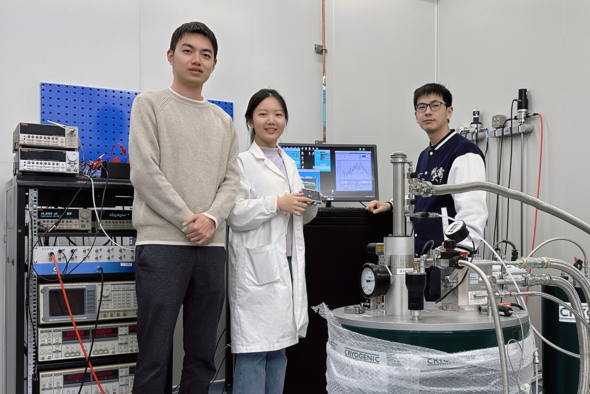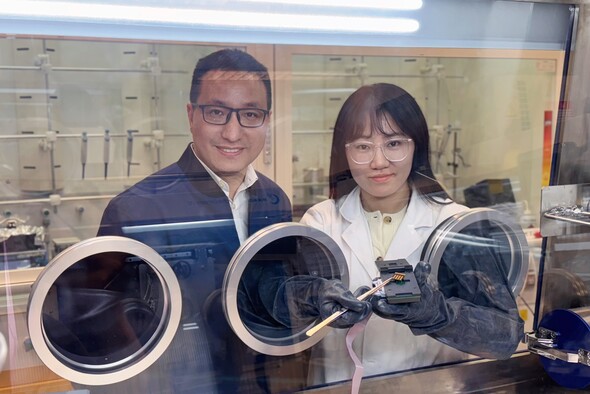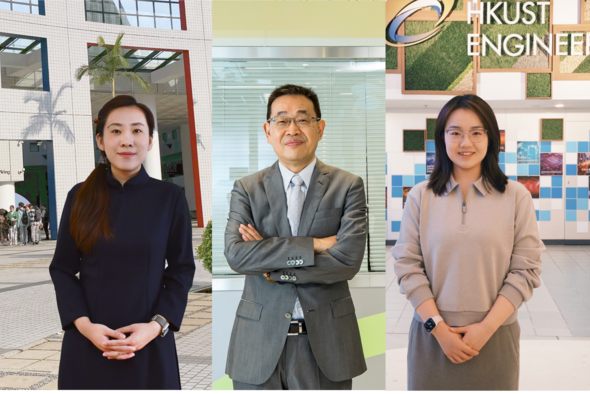Research

Fundamentals-Oriented Device Innovation

Improving Efficiency of Medical Workflows

Revealing Mechanisms of Functional Circuit Reconstruction Following Central Nervous System Injury

Better Technology to Prepare for Climate Change

Increasing Energy Efficiency and Reducing Latency

Setting to Reshape Air Conditioning Industry with its Zero Emissions and High Energy Efficiency

AI-Powered System to Enhance Urban Mobility and Safety



Becoming the First Hong Kong Payload for China’s Tiangong Space Station to Combat Climate Change
